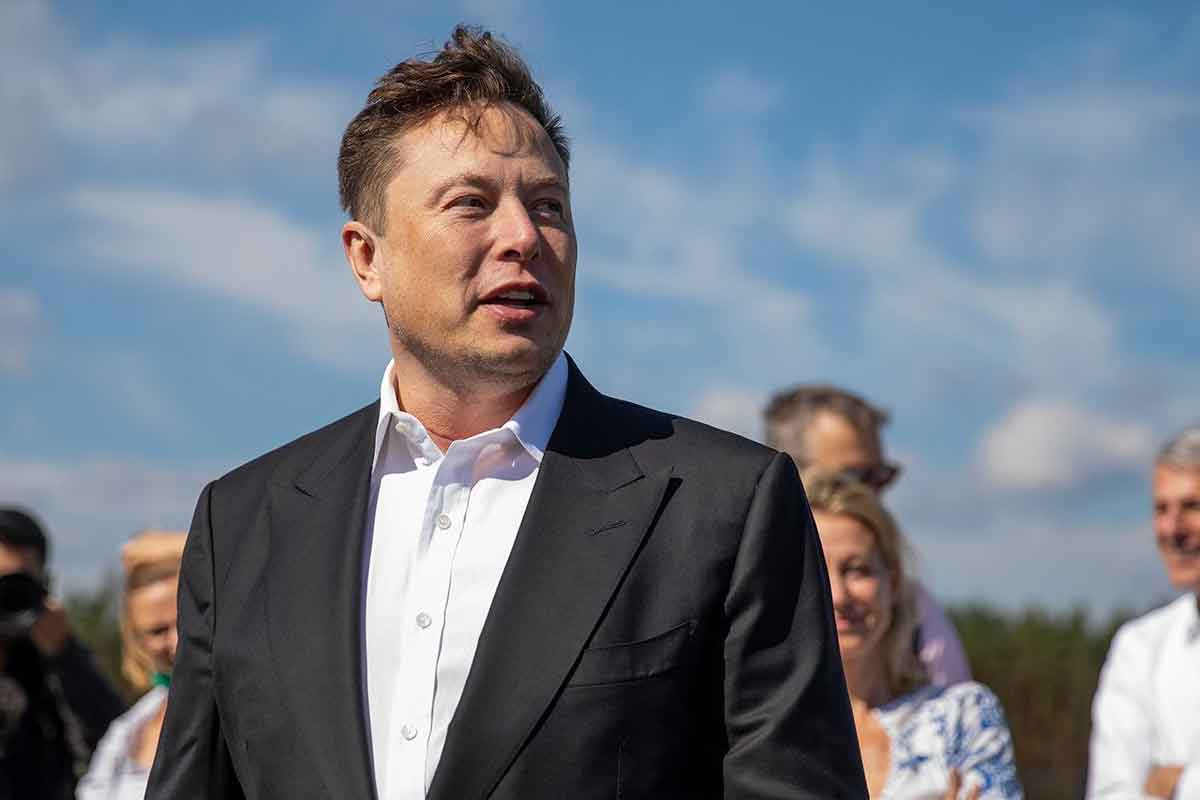A high-stakes offer, a ticking clock, and two leaders with different playbooks. The standoff turned a private negotiation into a public contest over satellite connectivity. As Apple weighed control against speed, Elon Musk pushed for bold execution. The decision set off legal moves, technical leaps, and strategic pivots that now shape how smartphones talk to space.
Inside Apple’s choice and the Starlink pitch
SpaceX proposed a clear deal before the iPhone 14 launch in 2022. According to AppleInsider, Musk wanted $5 billion upfront, then $1 billion a year after an 18-month exclusivity window. The clock ran hard: a 72-hour deadline. The iPhone maker listened, analyzed risk, and looked at long-term leverage.
Tim Cook said no and backed Globalstar. The partner seemed safer, with fewer dependencies on a fast-moving Musk. Control mattered, because service quality, brand trust, and regulatory exposure live or die on network stability. The choice also kept bargaining power over carriers and component vendors.
Musk responded with execution, not a speech. SpaceX advanced Direct-to-Cell, while keeping the hardware story simple for users. The wager was straightforward: prove coverage, reduce latency, push messages and basic data from orbit, and then scale. The chessboard widened from a contract debate into a platform race.
How direct-to-cell works and what it changes
Starlink Direct-to-Cell connects ordinary phones to low-Earth-orbit satellites. The satellites act like giant cell towers in space, so devices see a familiar network handshake. Because the baseband keeps standard protocols, users get texts first, then voice and limited data as capacity grows over time.
T-Mobile came in early for U.S. spectrum and roaming integration. Carrier alignment helps with provisioning, billing, emergency support, and device updates. The approach reduces friction for customers, while it pressures incumbents to match coverage in remote areas. The move also signals to regulators that coexistence with terrestrial networks is feasible.
The Cupertino giant watched adoption, while testing emergency paths and fallback scenarios. Apple favored a staged rollout anchored in safety features. The plan fit its brand: privacy, reliability, and tight integration with iOS. That stance, although slower to scale, preserved consistency for support, repairs, and warranty policies.
Practical impacts, risks, and best practices for users
Emergency messaging from orbit saves lives when towers fail. Hikers, sailors, and rural drivers benefit first. Clear sky, a steady stance, and short messages improve results, because satellites pass quickly. The interface needs clear prompts, readable maps, and helpful wait indicators, so users stay calm while signals lock.
Costs matter, since satellite bandwidth is scarce. Bundled plans reduce confusion, while caps prevent network congestion. Consumers should watch service maps, latency estimates, and fair-use rules. Apple customers also value on-device security, so encryption, consent dialogs, and transparent logs reassure them when connectivity routes through space.
Reliability depends on spectrum and satellite health. Weather, foliage, and indoor use reduce performance. Users should treat it as a safety net, not a full replacement for ground networks. For businesses in logistics or energy, redundancy planning still requires radios, cached maps, and offline workflows, because outages happen even on blue-sky days.
Spectrum fights put Apple and SpaceX on a collision course
SpaceX challenged elements of Globalstar’s spectrum posture in 2022. The claim argued under-utilization and barriers to entry. If regulators rebalanced rights, competitors could gain access, reshaping coverage and pricing. The dispute pulled lawyers, engineers, and policy teams into a single conversation about coexistence, interference, and public interest.
That fight landed close to the iPhone’s emergency pipeline. Globalstar underpins the SOS path, so any constraint risks service quality. Reports of internal concern surfaced, including worries about an aging network and slow upgrades. Leadership faced classic trade-offs: preserve a stable partner, or hedge with new tech before pressure turns into pain.
The legal calendar moves slower than product cycles. Still, filings influence roadmaps, modem firmware, and carrier priorities. Every hearing can change incentives for rollouts, satellite count, and ground station builds. The longer the case lingers, the more teams plan contingencies, negotiate roaming, and prepare messaging for customers and regulators.
What comes next in satellite connectivity
Coverage expands as more satellites launch and radios improve. Phased arrays, better beam steering, and smarter scheduling raise capacity. Carriers refine roaming rules so calls hand off between towers and space. Consumers, meanwhile, expect simple settings and clear labels, not acronyms. That demand pushes teams to hide complexity.
Device makers weigh antennas, battery life, and thermal limits. Low-power protocols help, but physics still wins. Vendors ship features in steps: messages, then voice, then limited data. Apple will keep tuning iOS caching, compression, and retries, because small software tweaks often unlock better real-world reliability without changing hardware.
Enterprises want APIs for alerts, telematics, and asset tracking. Insurers seek verified location pings after storms. Governments ask for resilient public warnings. Those needs, paired with spectrum clarity, set the business model. As plans mature, leaders who align engineering, policy, and customer support will turn novelty into dependable utility.
A forward look at consequences and the next decision point
The standoff rewired incentives across phones, satellites, and carriers. Musk accelerated execution, while Cook defended platform control. The market now rewards practical uptime more than headlines, so users will judge by messages sent, not demos. Apple still holds trust on privacy and integration, yet the race favors whoever makes space feel invisible.







